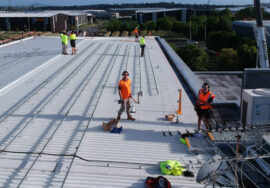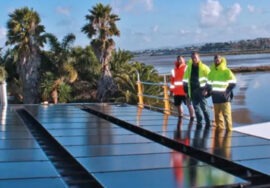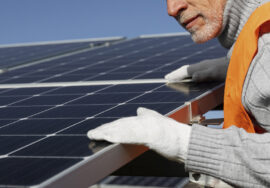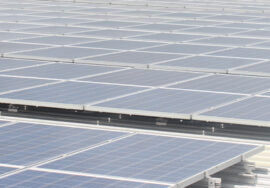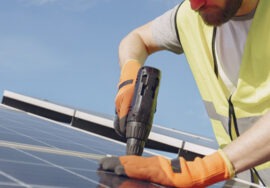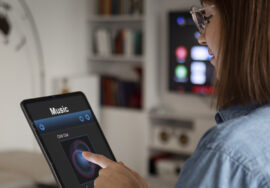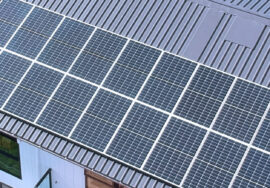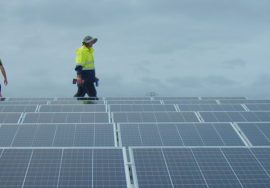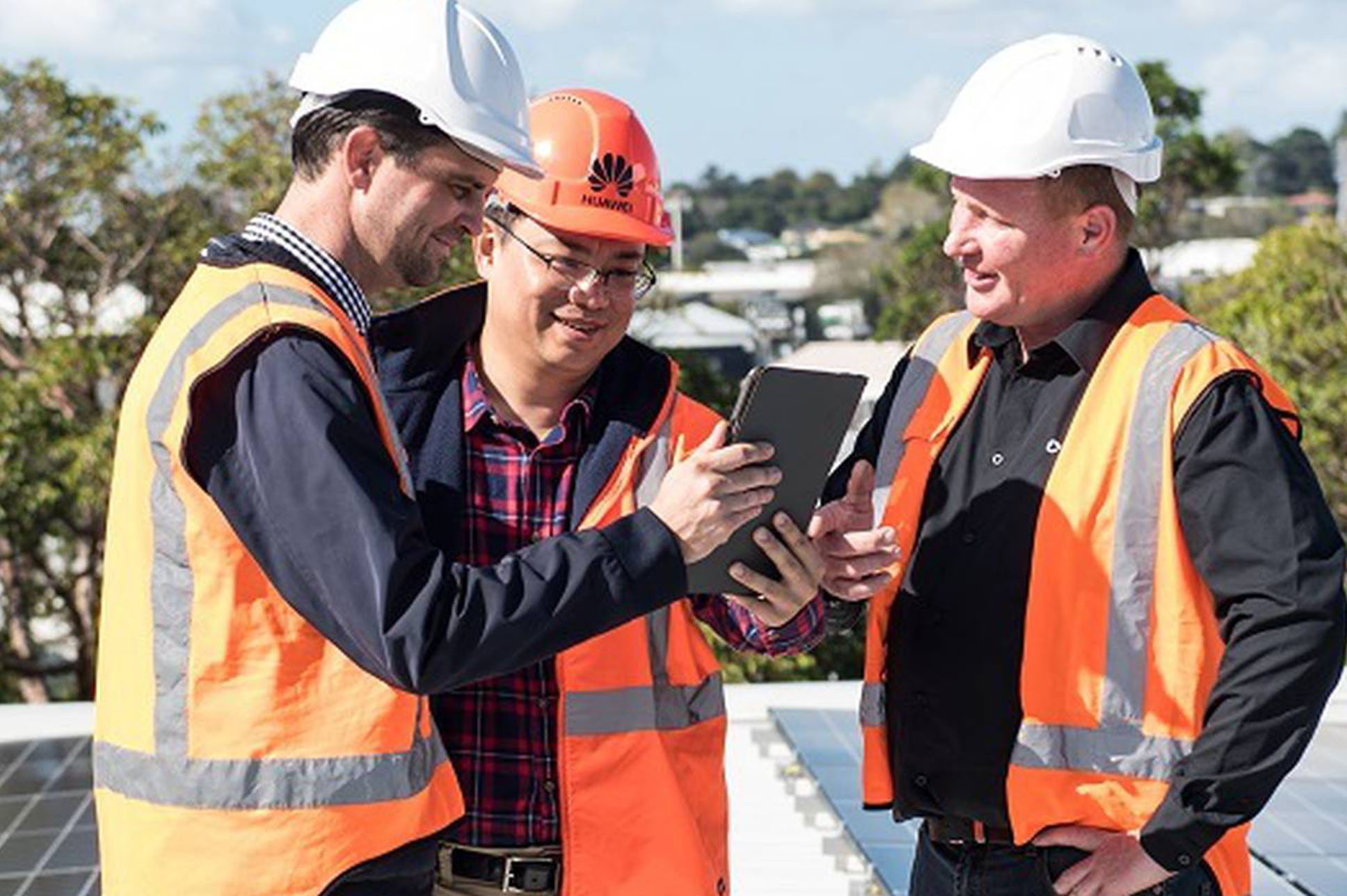
Green Building: Zero carbon in Huawei’s sights
Article on NZ Herald 6th May 2012.
Huawei Technologies New Zealand is preparing to launch a range of smart solar power products aimed at residential and commercial customers.
Managing director Yanek Fan says the move later this month will open a new chapter in the company’s 15 year history in New Zealand. It will change the economics of green energy and pave the way for zero carbon housing.
“Our main product is a solar inverter,” says Fan. “Energy generated by a solar panel can’t be directly used by any business or home. The solar inverter converts the direct current from the panel to AC, the form where it can power devices. We will also offer batteries and some optimisers, but our key product for zero carbon housing is the solar inverter.”
Green energy is a major change of direction for a company that is best known here for its smartphones and its behind-the-scenes role building cellular networks.
Trade sanctions imposed by the United States have seen the company’s phone sales slow and the GCSB (Government Communications Security Bureau) rejected the company’s proposed involvement in Spark’s 5G network.
Huawei began operations in New Zealand in 2005 and today partners with all major operators including Spark, 2degrees and Vodafone NZ, as well as providing a third of the technology behind the NZ Government’s ultra-fast broadband initiative. It has three major business groups, Carrier Network, Enterprise and Consumer (handsets) and today, more than half of all New Zealanders are using Huawei’s products and solutions.
It may be a new direction in New Zealand, but Huawei is well established internationally in the energy market.
Fan says Huawei has sold its solar products in the UK, Spain and China for the past 10 years and has been the leading global supplier of inverters for the last six years. “We decided to launch in New Zealand because we can see the global and local trends,” says Fan.
“The market is huge. I’ve seen an estimate that four trillion US dollars will be invested in carbon neutralisation around the world over the next 15 years.
“In New Zealand we can see the government, a number of associations and even consumers are pushing in this direction. Recently MBIE announced a renewable energy programme for public housing.
“The Labour Government has announced its goal of 100 per cent renewable electricity by 2030.”
Fan says Huawei doesn’t plan to sell everything needed for residential solar energy. It has to work with others. The business has spent much of the last year setting up the partnerships, and deals with distributors and systems integrators that are needed to address the opportunity.
While the opportunity is general, Fan says Huawei has two specialist areas in its sights. Both fit neatly with the company’s existing relationships in New Zealand.
“The zero carbon network and the zero carbon data centre come from Huawei’s role in the telecommunications and information technology sectors,” he says.
“Some of our customers in these markets are already picking up on the idea of carbon zero. They have started having conversations with us about meeting their goals. We’re hearing from customers in these industries who want to be completely carbon neutral by 2040.”
Networks and IT may be niche markets, but the opportunity is considerable.
Fan says there are more than six million wireless base stations around the world and that number is growing at a rate of 4 per cent every year.
“These are the towers that send and receive signals from our mobile phones. We know from talking to our customers that 65 per cent of the operational costs running a mobile tower is energy consumption.”
This becomes more important as mobile networks upgrade to 5G. The upgraded towers deliver many times more data than older towers, but they also use a little more power. Fan says if we do nothing, carbon use will rise. Some telecommunications companies are taking the opportunity to reduce carbon as they upgrade the wireless technology.
Huawei’s zero carbon data centre has already launched in a handful of countries. “We provide the data centre infrastructure. This can include the building, the equipment room, the cabinets, the power modules and the air conditioning. In some cases, we also provide the IT equipment such as servers and storage.”
There are options for customers who already have a building and want to install an indoor zero carbon data centre and other options for those who want everything.
Energy is the biggest running cost for data centres. Fan says there are huge potential savings even though New Zealand data centres are already efficient by international standards. He says one customer Huawei is talking to will save $500,000 a year in energy costs.
Huawei’s green energy challenge in New Zealand is that we already perform well when compared to nations such as the US. Close to 80 per cent of our energy comes from hydro or other renewable sources.
In the US about 20 per cent is renewable.
Say Fan: “New Zealand can do a much better job in the next 20 to 25 years. Solar has a lot of potential.
I attended a climate change committee meeting and felt that the government here still thinks that solar prices are very high. Yet in the past 10 years the price has dropped so much.
“Many people think that solar is easier in Australia because it has a lot more sunshine that New Zealand. The actual numbers show that New Zealand, Australia and Japan have similar levels of sun.”
Fan says the potential for New Zealand is good by international standards. He points to a measure called the levelised cost of energy or LCOE. It tells planners what to expect from investing in, say, hydro, solar or nuclear power.
“The numbers show that solar is cheaper than other options, it is similar to Australia, Japan or Germany and other European countries. The New Zealand solar business is ready to tick up.
“Huawei brings many things to the green energy market. We approach the market as a technology company with expertise in areas such as digital engineering and software. We have over 100,000 engineers working in research and development. Our international reach means we get to see a lot of technologies helping different customers in different ways in different countries.”
One area where the company’s expertise helps is applying artificial intelligence. Arcing is a hazard with equipment like inverters. Huawei uses AI to help find faults earlier, faster and easier than traditional methods.
Its smart active safety technology can shut down the inverter in less than half a second, which makes the devices safer and keeps them working for longer.
Yanek Fan
Yanek Fan has had a15-year career with Huawei. He served three years as Deputy CEO and Director of the Carrier Network Business Department of Huawei’s Czech Republic Office. Before that Fan worked for four years in Poland leading the Huawei key account team dedicated to Play P4, the second largest telecommunications operator in the Polish market. He has also held other senior roles at Huawei headquarters in China in its Global Sales and Service Dept.
He took up his role as managing director, Huawei Technologies (New Zealand), in July 2017
ABOUT TRILECT SOLAR
Trilect Solar is a division of Trilect Services, New Zealand’s master electrician since 1997.
We are members of the Sustainable Energy Association of New Zealand (SEANZ) which offers additional peace of mind to our customers.
Trilect Electrical Services is a large electrical service company which is a member of the Master Electricians & Mastercraft network with 40 employees and a 20+ years history of customer satisfaction.
We do not use sub-contractors. All of the installations will be carried out by our experienced team.
Trilect Solar offers a customised energy plan that works for your home/ business.
Get started now by booking a free on-site consultation.
Request Your On-site Consultation
Or call us on (09) 271 2493

